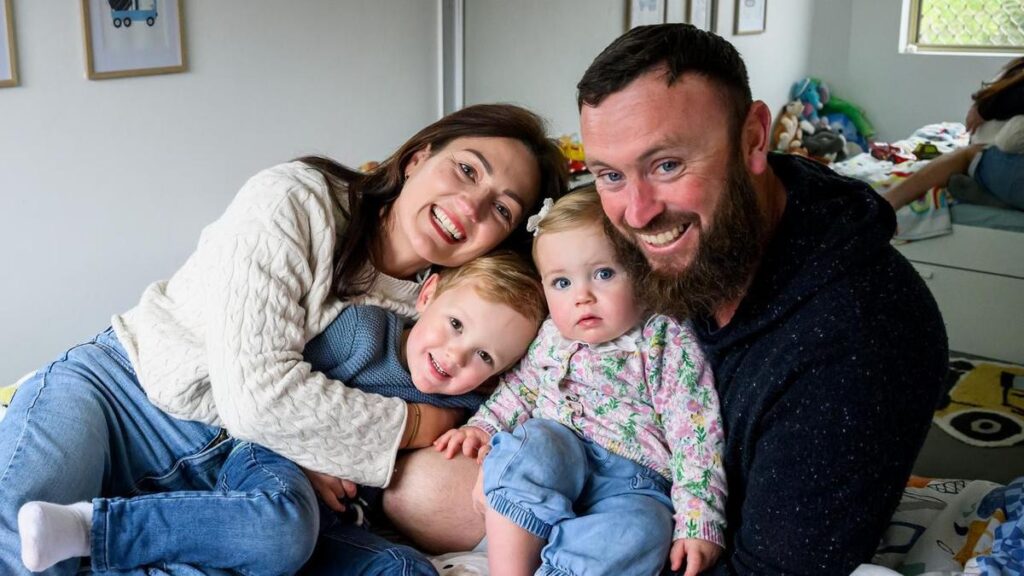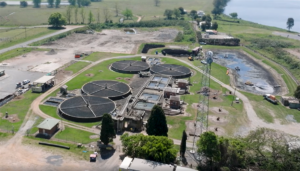
Calls are growing in Australia for enhanced accessibility to low-cost in vitro fertilization (IVF) services as the nation grapples with a significant decline in fertility rates. With the average number of children born per woman dropping to a record low of 1.51 in 2024, stakeholders argue that affordable IVF could play a crucial role in addressing this issue.
Vikki Mai Murphy, who had always envisioned becoming a mother, faced a harsh reality after several months of negative pregnancy tests. Following a round of intrauterine insemination (IUI), where prepared sperm is inserted directly into the uterus, she experienced a brief moment of joy with a positive test result. Unfortunately, her pregnancy was later diagnosed as ectopic, leading to surgery that resulted in the loss of one fallopian tube. Doctors informed her that IVF would be necessary for any future pregnancies.
“I just bawled and kept asking if I could still have my babies … it just crushed me,” Ms. Murphy recounted. As she and her partner, Sean, explored IVF options, they quickly discovered that the cost for a single round ranged from $10,000 to $15,000. Despite their concerns, they decided to proceed, prioritizing their desire for children over financial worries.
The financial burden of fertility treatment has emerged as a significant barrier for many Australians. With nearly half of those surveyed by Connect IVF reporting affordability issues, the need for low-cost alternatives is critical. According to the Australian Institute of Health and Welfare, nearly 109,000 IVF cycles were performed in 2022, resulting in the birth of 20,058 babies.
Brendan Ayres, director of Connect IVF, noted that their clinics cater to a diverse demographic, with a considerable number of patients from lower socioeconomic backgrounds seeking treatment. “We also have a number of patients who have been to other clinics and paid tens of thousands of dollars without success and are at their financial wits’ end,” he explained.
Ms. Murphy discovered Connect IVF through an internet search, where she found the costs significantly lower due to bulk billing for IVF cycles. This pricing model allowed her to afford additional expenses, such as hiring a private obstetrician during her pregnancy, which would have been impossible under the high costs of traditional IVF services.
From her IVF round, Ms. Murphy successfully obtained four embryos, resulting in her three-year-old son, Beau, and one-year-old daughter, Maia. Reflecting on her journey, she stated, “I love being a mum. It was such a journey and if I could have just looked into the future and seen my babies it would have made such a difference.” She emphasized that spending more money does not guarantee success, noting friends who had spent significantly more without achieving pregnancy.
Despite the Australian government providing some support for IVF through Medicare, many argue that the current system is inadequate. The funding is not linked to the consumer price index, meaning that as costs rise, so does the financial gap for patients seeking treatment. “Australia is a world leader in the technology of IVF, but the funding hasn’t followed,” Mr. Ayres stated. He also called for an expansion of Medicare item numbers to include services such as donor IVF, which are currently not covered.
As discussions continue around the need for affordable fertility treatments, the experiences of individuals like Vikki Mai Murphy highlight the urgent demand for change in Australia’s IVF landscape.







